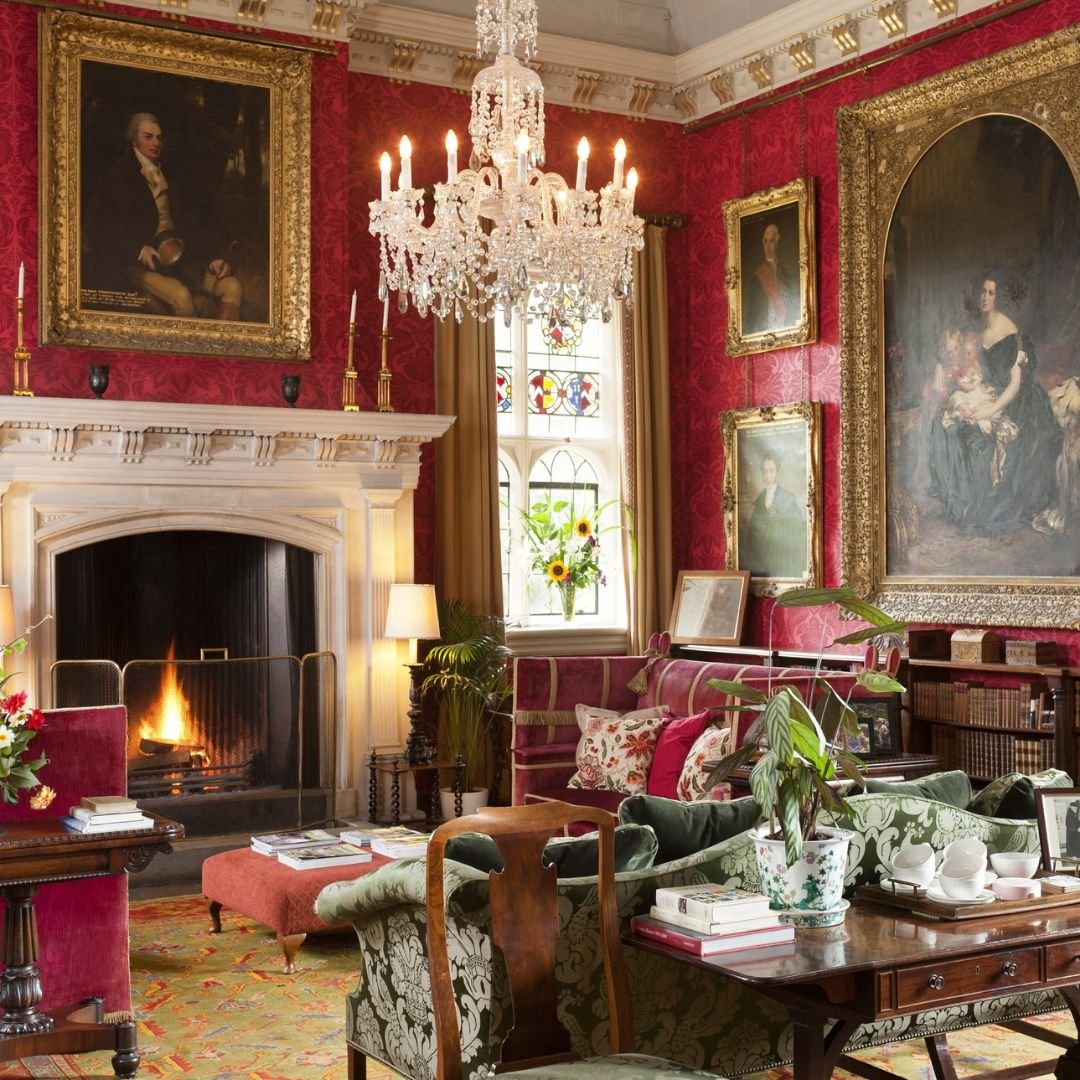Coughton Court: Grade I Listed Tudor Gem
Coughton Court, Warwickshire is the home of the Throckmorton family who have lived at Coughton since 1409.
Today, the stunning property is owned by the National Trust and open to visitors.
John de Throckmorton, Under Treasurer of England to Henry VI, acquired Coughton in the early 15th Century through his marriage to Eleanor de Spiney.
Their descendants have held it for 600 years and, although the National Trust has owned the house since 1946, the family still live here.
After Throckmorton's death in 1552, Coughton passed to his eldest son, Robert.
The family were practicing Catholics and so the house at one time contained a priest hole, possibly constructed by Nicholas Owen.
Priest holes were hiding places for priests during the period when Catholics were persecuted by law in England, from the beginning of the reign of Elizabeth I of England.
The Hall also holds a place in English history for its roles in both the Throckmorton Plot of 1583 to murder Queen Elizabeth, and the Gunpowder Plot of 1605.
Although the Throckmorton family were themselves only indirectly implicated in the latter, when some of the Gunpowder conspirators rode directly there after its discovery.
You can learn more about this story when you visit the property.
The present resident, Mr Magnus Birch-Throckmorton, and his family enjoy occupancy of the house under a 300 year lease.
The origins of Coughton Court lie in pre-conquest times and there is evidence of a house on this site from the 14th Century.
The present building was begun in the 15th Century and has since survived in a family who for much of that time were impoverished, persecuted or imprisoned for their adherence to the Catholic faith.
The beautiful gatehouse was built at the earliest in 1536, as it is built of stones which came from Bordesley Abbey and Evesham Abbey after the Dissolution on the Monstaries Act in 1536.
As with other Tudor houses, it was built around a courtyard, with the gatehouse used for deliveries and coaches to travel through to the courtyard.
The courtyard was closed on all four sides until 1651, when Parliamentary soldiers burnt the fourth (east) wing, along with many of the Throckmorton's family papers, during the English Civil War.
Visitors can explore the story of fascinating personalities through the 'family album' of portraits and Catholic treasures around the house.
Coughton is still very much a family home with an intimate feel and the family still manage the stunning gardens which they have created.
There is still more to enjoy away from the house and gardens.
For the little ones, an activity shed with a wealth of games and activities is available to keep them busy.
And for those seeking something a little less energetic, take a stroll through the ancient woodland, to be found awash with bluebells in the spring, or visit the cafe for a relaxing cream tea.
Coughton Court is a lovely place to visit and the reviews are excellent according to TripAdvisor.
A recent visitor said: “It is a lovely place to visit, it was just a shame that not many of the rooms were open today.
”The gardens are well worth looking round and there is also a chapel attached to the property. It is worth visiting.”
Another person added: “Unexpected gem. Doesnt look much from the road. Fantastic walled garden full of roses in full bloom.
”Plenty of nooks and crannies to explore and trout visible in the river. Interesting house connected to Gunpowder plot with 2 churches either side of the house.”
The house, which is open to the public all year round, is set in extensive grounds including a walled formal garden, a river and a lake.
Tickets can be purchased in advance via the National Trust website.
Take a look at the stunning garden below, courtesy of the National Trust.
If you enjoyed this blog post, please follow Exploring GB on Facebook for daily travel content and inspiration.
Don’t forget to check out our latest blog posts below!
Thank you for visiting Exploring GB.
















